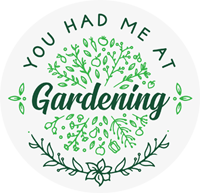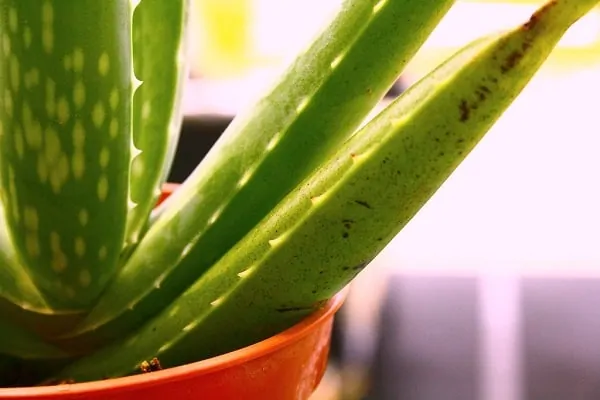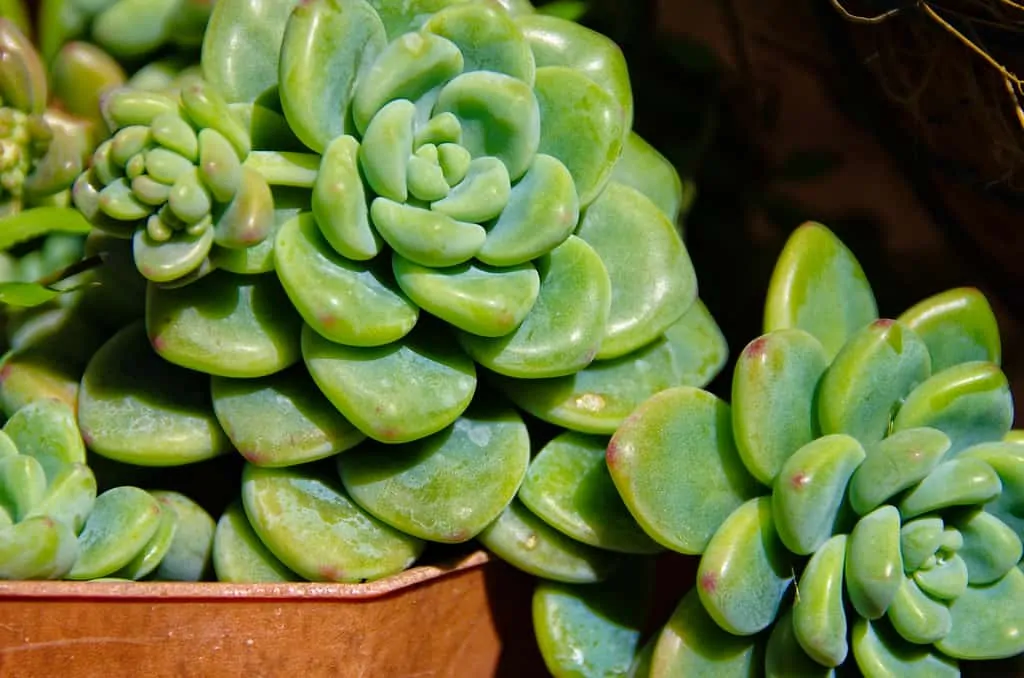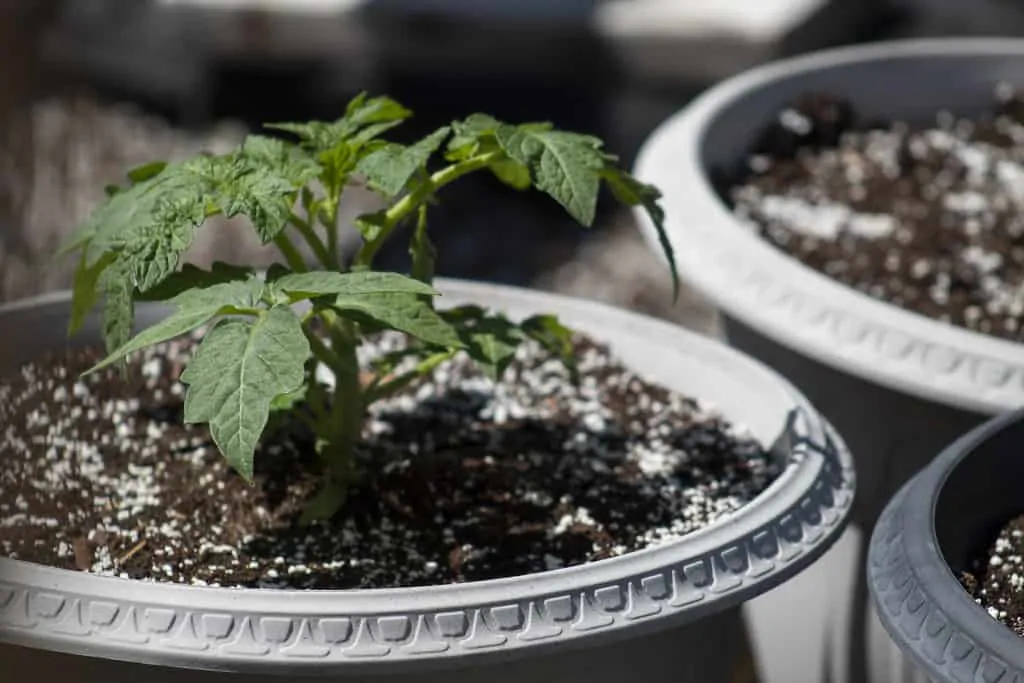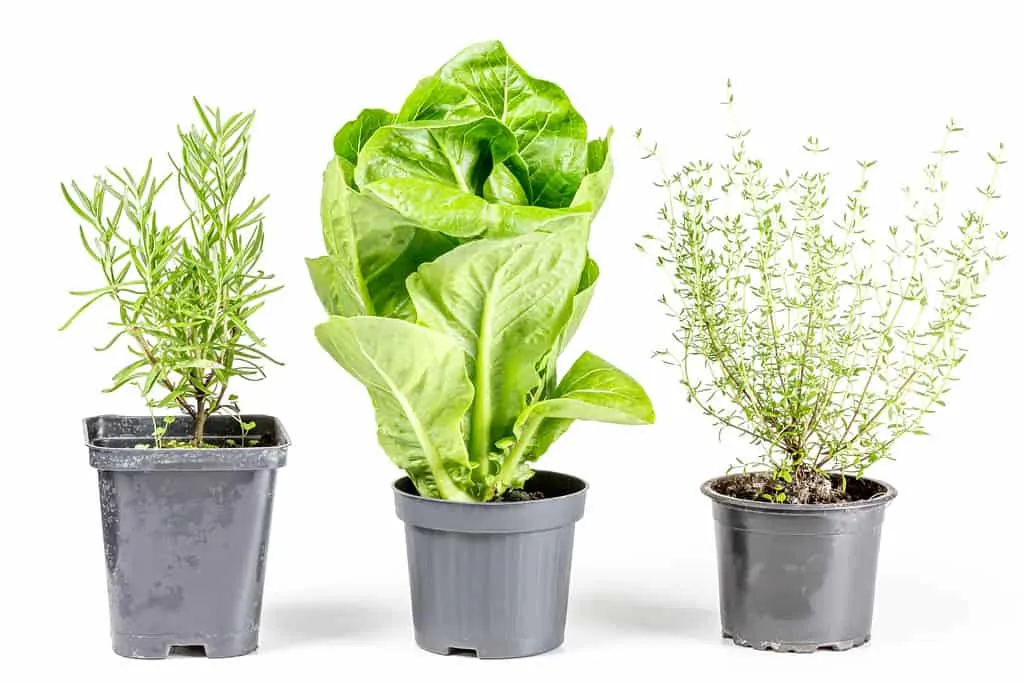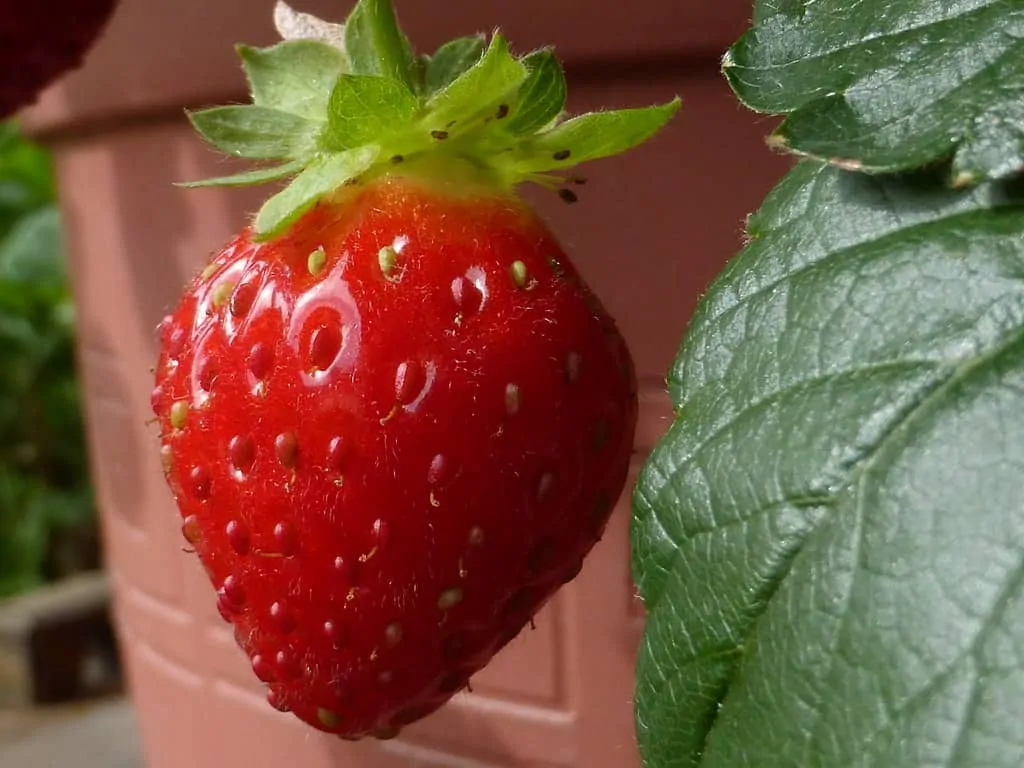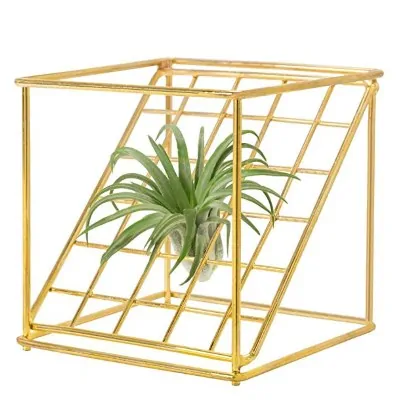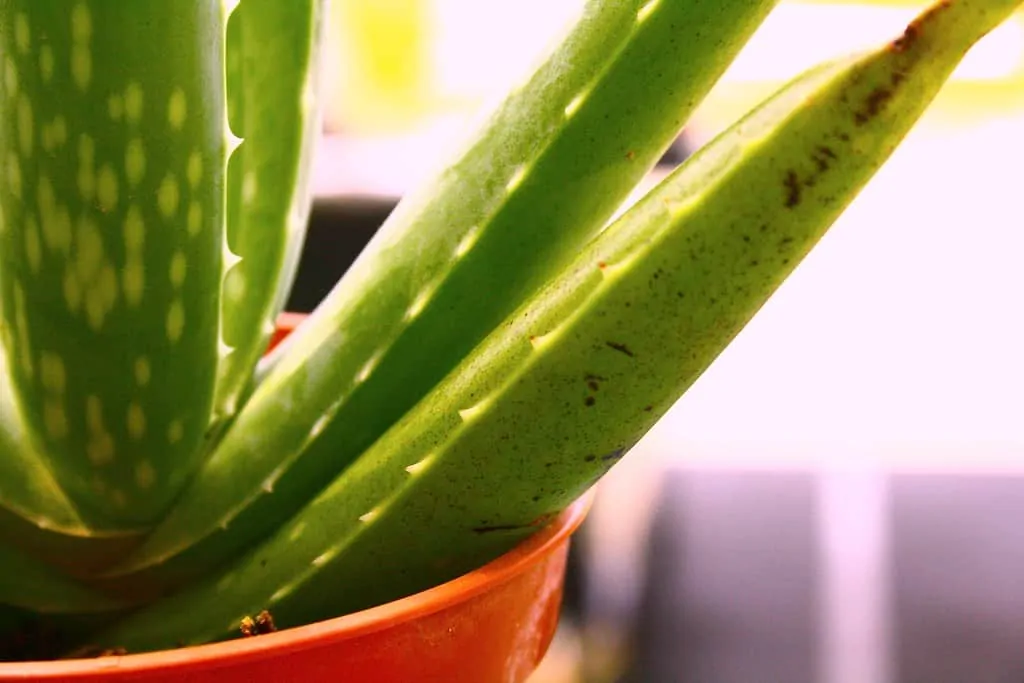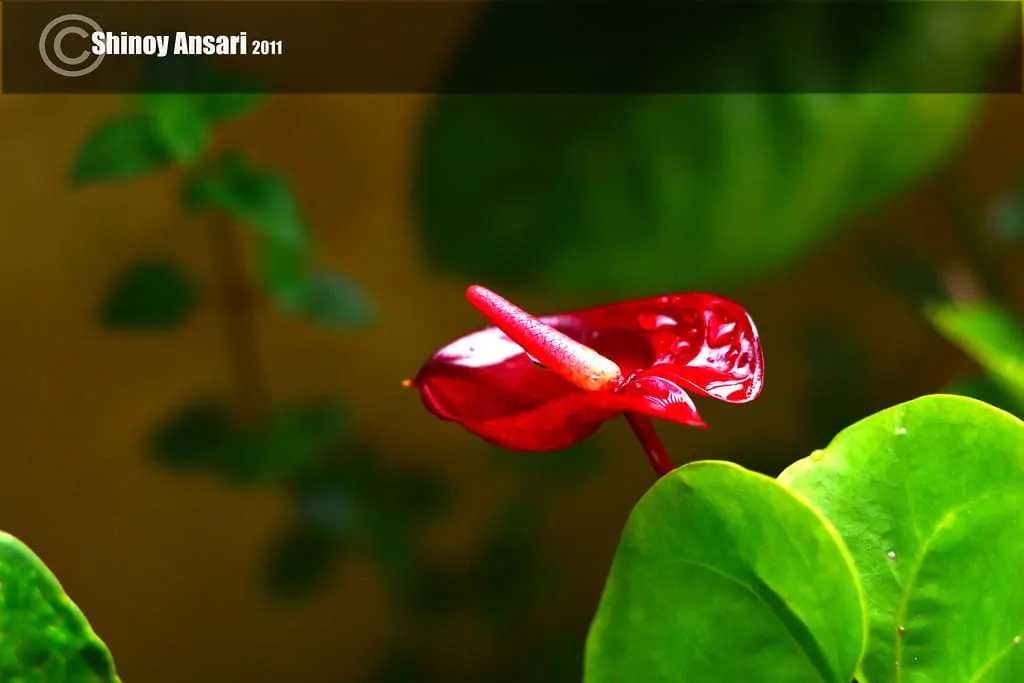10 Smallest Indoor Plants and How to Take Care of Them
Add a spot of green to your life without worrying about plant maintenance! Check out these ten small indoor plants and pick your favorite! Learn more about how to take care of them!
Do you want a break from the hustle and bustle of a big city and don’t know where to retreat to find some peace and green? The answer is simple: you find it all in your own home, in the tiniest of greenhouses, a corner filled with your favorite small indoor plants. And if you need inspiration for what little leafy friend to add to your collection, or if you are just looking to start one, I have a handy list of ten small house plants you might want to consider.
By far the most varied on this list, succulents come in all shapes and sizes and are easy to take care of. All you need is a pot with a drain hole, filled with rocky, aired soil, a little water, plenty of sunshine, and of course, the succulent itself. Plant it in a well-drained pot and water it sparsely. A good rule of thumb is to only water it when the soil is fully dry, then soak it and let it dry again. Depending on the size of the pot and the humidity in the air, this process can take one to two weeks.
Its leaves remind of a heart and clean the air. What could be better? It’s easy to take care of, tool: keep away from direct sunlight and keep the soil moist. That’s it. Trim to preference and wipe the leaves every now and then. Sweetheart is a climber but can be suspended in a pot and left to grow in a green curtain. Be careful with children and pets, though, since the plant is poisonous if consumed. Wash your own hands thoroughly after working with it.
You usually encounter tomatoes as a patch of color in a salad or in the shops, less as a seedling, and even more rarely as a small indoor plant, but you can grow them at home, from seeds. Plant them in a pot with rich soil and water regularly and keep them in a sunny spot. You can replant them in a bigger pot once they are big enough or you can keep them tiny in their original one. It’s better to start with bush tomatoes, since they require less space and care, but experiment with various kinds and see which one works best for you.
Although it is recommended for lawns, it can grow pretty much anywhere, in shallow, rocky, but fertile soil. Keep in direct or partial sun and water often, to keep the soil moist. I suggest misting, especially if you have the small indoor plant version of it. Don’t worry about it turning yellow – its natural color is green-yellow and it blooms tiny little white flowers. Get creative with its placement and use it as an accessory to give your plant corner a cohesive look.
A quick and easy way to make your kitchen look more refined and add unique flavor to your dishes is to add fresh herbs, grown right in your home. Thyme is excellent as a tea or as a spice in your meaty dishes. It looks like an adorable houseplant and blooms lovely purple flowers and has a fresh, lively smell. Thyme needs plenty of light and heat, so a south window is ideal, as well as a fast-draining soil. You can even use the same one from the succulent, just water it more often, when the top layer of soil is dry.
A little adventurous and more complicated to take care of, strawberries are a good option of small indoor plants only for the more knowledgeable. But fear not, give them a chance and soon you will reap the rewards. Literally. It takes around six weeks of care to see fruit appear. You find them as seedlings at a local garden shop and I recommend asking for a day-neutral kind, so you don’t have to worry about the length of the day.
Soak the roots in nutrient-rich water for about an hour and prepare a pot of well-draining high-quality soil. Plant, water often to keep the soil moist and when they bloom, give the flowers a little brush with a clean, soft paintbrush to pollinate them. They make cute hanging plants and nothing tastes better than fruit you grew yourself.
Air plants are unique in the way they grow because they do not need soil. At all. They are however a bit pretentious when it comes to watering, depending on the environment you may need to soak the roots every one or two weeks for about ten minutes, then leave to dry or to mist it every few days. Try and see what works best. Keep them in a bright room, but away from direct sunlight. Air plants thrive in well-lit bathrooms because your showers keep them moisturized.
The planting process of aloe vera is complex and better left to the experts, but once you buy a rooted plant from the shop it’s very easy to take care of. It needs fast-draining soil, sunlight, and water every other week or so. When the soil is completely dry, drench it then let it dry again. Aloe plants come in many types and sizes, are versatile and useful in treating small burns, rashes, or as a soothing cream after insect bites. Keep them in a small pot to remain small or move them to a larger one to watch them grow and when you need a leaf just cut it off and enjoy the properties of fresh aloe vera.
A type of succulent, this plant has small bulbous leaves that grow on long branches. Ideal for hanging, it creates green curtains with minimal effort or can be trimmed to a preferred length. It needs direct sunlight, a good drying pot, and soil and scarce watering. In fact, it’s the kind of plant that will probably be just fine if you let it fend for itself, but does appreciate a bit of tender love and care. Just be gentle, the leaves tend to drop easily.
Like orchids, anthurium likes to climb, specifically with its roots. To keep it a small houseplant I recommend a thin, long pot, filled with orchid potting mix and coarse sand and any dry, curved branch you find outside. Pick your plant at a local gardening shop and remove it from the pot it came in. When you plant it, make sure you wrap some of the roots around the branch so it can climb onto it. Keep the soil and the areal roots moist but not wet and the plant warm but away from direct sunlight.
Bottom Line
This concludes my list of ideas for your green oasis in the middle of your apartment, I hope you will have fun and relax taking care of your new small indoor plants. And if you need more information on how to care for them, click the plant names in the titles and see what the experts have to say.
